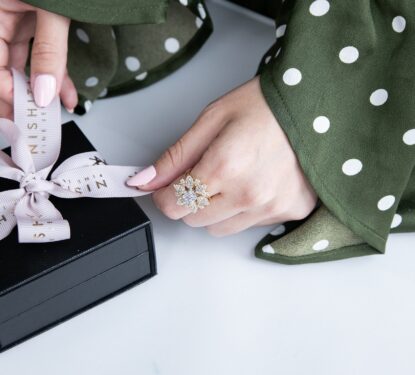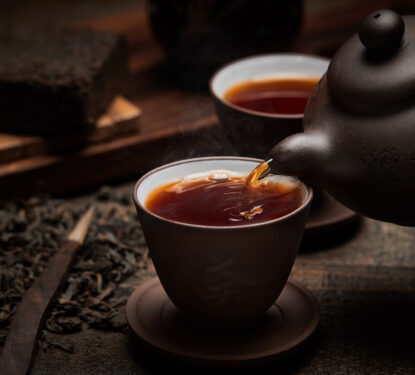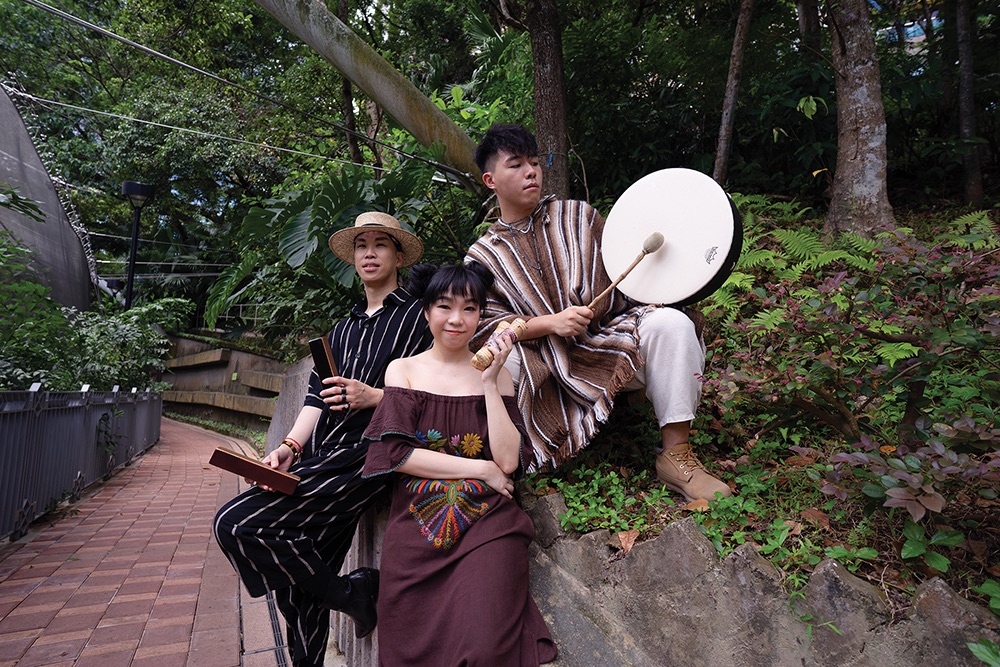
When Johannes Pong flew to Bali from Hong Kong in July last year, feeling called to train as a core shamanistic practitioner, he thought he would be the only Hong Kong representative joining the select group. “I really believed I would be the only crazy person from Hong Kong,” says Pong. “But the teacher gave permission for four people from Hong Kong to join – it’s usually capped at two per country – so I think he knew that Hong Kong needed the healing.” It was during this trip that he met fellow Hongkongers Kenloch Cheung and Pearl Poon, all of whom are now preaching the gospel of shamanic healing back on their home turf.
An age-old practice

Shamanism might sound like a stretch these days, even for those who consider themselves spiritually inclined. With a history that dates back over 10,000 years though, shamanism has inspired many of the more common alternative therapies we use today, like reiki, sound bath healing and meditation, making it far more influential and pervasive in society than you’d think. So what is shamanism and how does it translate from its ancient origins to today’s modern context?
At its most basic level, shamanism is a technique that’s used to expand awareness and heal on a deeper subconscious level. There are two lineages: neoshamanism and core shamanism, with key distinctions between them. Neoshamanism includes “new” forms which seek to attain an altered state and communicate with the spirit world. The use of psychoactive aids such as ayahuasca – typically found in indigenous cultures in South America – belongs to the neoshamanism family. This notion of wild hallucinogenic trips assisted by a spiritual guide is what springs to mind when most people hear “shaman,” but in reality that only accounts for a small portion of shamanic healing.
Core shamanism, on the other hand, can be seen as the most original, primordial form of the practice. It eschews psychoactive substances, using other spiritual disciplines to alter one’s consciousness instead. Core shamanism is fundamentally at the root of all other energetic therapies, which have evolved from the belief that energy flows through the body, and must be balanced to promote wellbeing and reduce stress. If you’ve ever had acupuncture or practiced qigong, you’ve experienced the foundations that core shamanism laid down.
What a Shaman Does
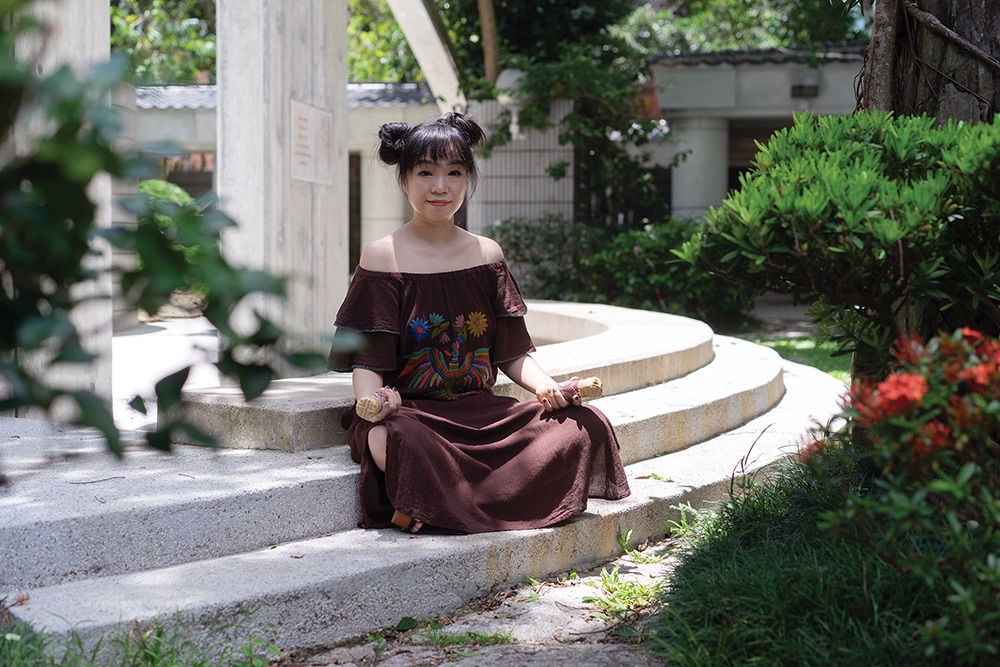
The key role for a shaman is to enter an altered mental state in order to access deeper realisations. From a scientific perspective, the brain is an electrochemical organ which is constantly emitting electrical activity, or brainwaves. There are four stages of brainwaves – beta, alpha, theta and delta – which range from the most to least active. Most of us emit beta waves during our normal waking day, while alpha waves come from rest or meditation. It’s the next phase, theta, which allows shamans to enter into the required state of consciousness.
Read more: Sound therapy in Hong Kong
During this state, people feel deeply relaxed and often describe it as “trance-like.” It’s the easiest to disengage with the external world and become highly attuned within oneself. Deep meditation and REM sleep (when we dream) are examples of theta waves, when our brains switch off and become calm, allowing us to access our intuition.
Shamans work in this zone to facilitate their healings, entering a sound-induced theta trance, usually by way of a rattle or repetitive drumming. Once shamans are in this relaxed and hyper-intuitive state, they’re able to connect to their subconscious mind and begin the process.
A core shamanic healing practice is broken down into three phases: extraction, soul portion loss retrieval and power animal retrieval. It’s at this point that some suspension of disbelief may be required from skeptics, as all three parts involve the shaman accessing another dimension and working with the spirit world to receive messages.
“We begin with an extraction, which is debugging the aura and energetic field,” says Pong. During this extraction process, the shaman scans the body for energy blockages (such as thought patterns or emotions) and removes them. Next comes the soul portion loss retrieval.
“When we enter this world we are fresh and pure,” says Pong. “Then we are traumatised, whether we know it or not, from early childhood – through school, relationships, family, accidents, a bad boss or job.”
These various traumas, which are often subconscious emotional responses to life events, are believed to take us further away from our whole self. A shaman purports to find our “true soul” and return it, restoring balance and harmony within. “Whether physical, emotional or mental, the root is always spiritual,” says Pong. “We go straight to the source and heal the spiritual problem.”
The final phase is the power animal retrieval, which appears as a vision that presents itself to the shaman. “I assign them a power animal which will become their best friend and bodyguard, and effectively continue the work long after the session has ended,” says Pong. A panda as a power animal, for example, is associated with strength, peace and having a positive outlook on life, whereas an eagle is symbolic of wisdom and freedom.
The ultimate goal of a healing session is to retrieve whatever emotional qualities have been missing in your life, such as a sense of purpose or curiosity, and remove whatever isn’t serving you, for example emotional baggage from past traumas. “After this, a lot of clients feel more childlike,” says Pong. Cheung adds that clients “typically feel a lot more sensitivity and positive energy.”
And it’s not just clients who benefit from each session. “Besides the obvious good vibes you get from helping people and getting fantastic feedback, what I really get out of shamanic healing work is the opportunity to practice my spirituality on a regular basis with such immediate results,” says Pong. “The level of compassion and love I feel during a healing session is just incredible.”
Rise of Modern Shamanism
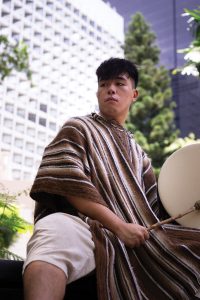
With all three Hong Kong shamans dressed in trendy modern clothing that’s more Coachella chic than oracle, this hip take on shamanism may feel at odds with its ancient roots. What’s driving the trend of the young and spiritually inclined to adopt these well-worn practices?
“Nowadays, life is more stressful than ever before and people need to understand themselves better,” says Poon. “To know ourselves and really know what’s in our hearts is so much more important than something like money, or anything materialistic or superficial.” Cheung, who has practiced energy healing since he was 16, is aware that some people may find shamanism to be somewhat “out there” so regularly incorporates other popular holistic practices into his healing sessions, like the use of Tibetan singing bowls. “My clients feel consoled by the singing bowls,” says Cheung. “They can feel the sound vibrating through them which is good for their body and brings a sense of peace.” He also incorporates his own aromatherapy oils into the practice, infused with his shamanic energy, blessings and healings to bring good luck and health to recipients.
“Shamanism is a term that the west has put on this completely primordial, primitive form of spirituality,” says Pong. “From the energetic frequencies of reiki and gong baths, to the emotional connection of therapy and counselling, and the physical aspect of yoga, hiking and jogging. Shamanism can be seen as the root of all of these.”
Read more: where to buy crystals in Hong Kong
A Shaman Session
Jo Robinson tried a soul retrieval. Here’s what she thought.
“I’ve tried my fair share of holistic practices, including reiki, angel card readings, and emotional release therapy, and on the surface a shamanic healing session doesn’t seem wildly different. But what I can say is that the emotional experience was unlike anything I’ve ever experienced. My session was with Kenloch, who lay me down in a super calm space. From there, the rattles and singing bowls started. An overwhelming sense of calm washed over me. My mind was quiet and the next 45 minutes were pure bliss.
Afterwards, Kenloch and I chatted and I was astounded at his insights. He identified issues that I had been carrying with me and that I needed to let go of. Apparently, my power animal is a sea turtle!
Whether it’s the placebo effect or not, I felt lighter and more at ease after a good night’s sleep, which in itself gets the experience a thumbs-up from me.”
So You Wanna Be a Shaman?
Flora Chan, founder of Flo Jewellery and Guide of The Mystery School, an academy for esoteric practices, tells us about her path to enlightenment.
First up: what is The Mystery School?
The Mystery School is a worldwide organization dedicated to the mission of world peace and the awakening of humanity. The Mystery School’s methods are made up of modalities from ancient wisdoms of Shamans, Native Americans, Egyptians, and Hermetics, to name just a few. These ancient techniques were handed down orally for generations and were in place long before modern religion.
Tell us more about what you do.
The healing modalities I’ve learned under the Mystery School help people understand themselves better, remove self-limiting beliefs, discover their life’s mission and heal wounds from traumatic experiences or relationships. It works best when they are open-minded and ready to change. The shamanic ceremonies are sacred and are a wonderful way for people to connect to their divine energy and to each other.
What made you decide to take this path?
I believe it was my calling to serve humanity and help people find their inner strength and truth. Since I was a child, I was always seeking answers to life’s big questions, which no single religion could answer. Learning, practicing and teaching energy healing has expanded my horizon and totally changed how I see life, people, relationships and the world.
What have you learned about yourself during this journey?
I learned and explored more about myself ,and removed self-limiting beliefs and blockages. I found and confirmed that my life’s purpose is to plant seeds of hope and joy in people. I was empowered to take this path to help awaken and expand my consciousness, as well as to heal people’s inner wounds.


